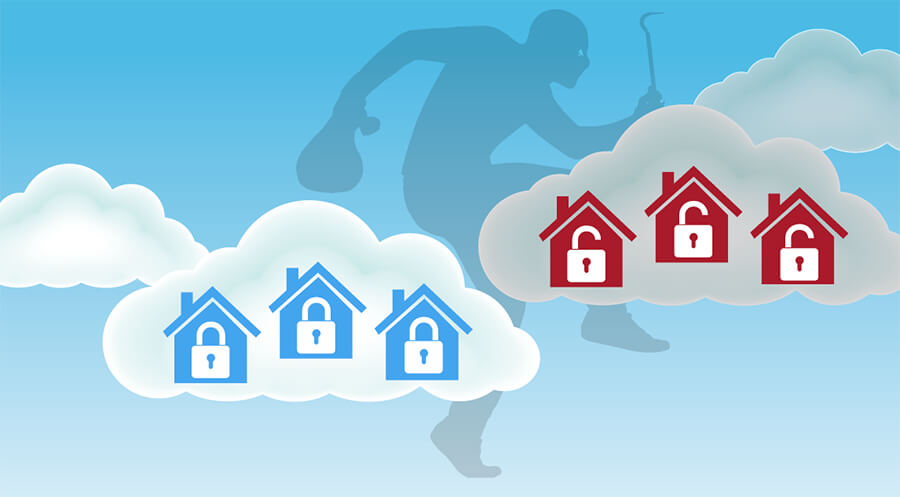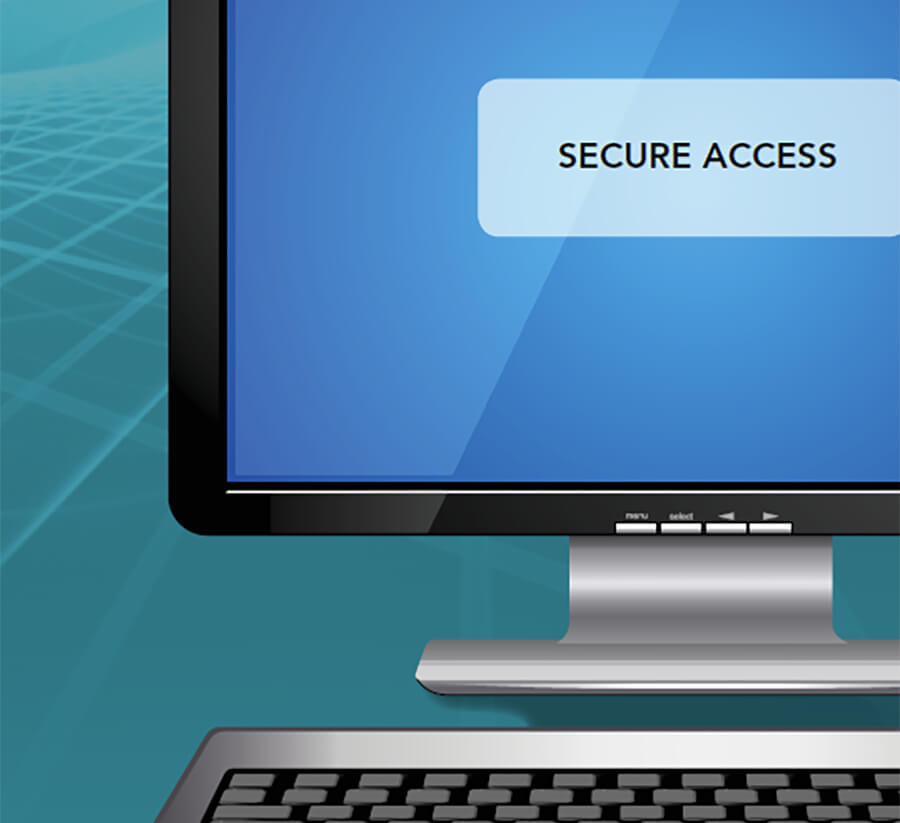Protecting Your Data
Know Thy Neighbor: The Dark Side of the Cloud Community
Author(s):
Eric Bednash, CEO, RackTop Systems
Think about the process of buying a new home. There are certain criteria you look for such as the number of bedrooms, lot size, school district and the ever important – location. The latter is, after all, the golden rule in real estate. So imagine you find a home that met all of your criteria … Read more










